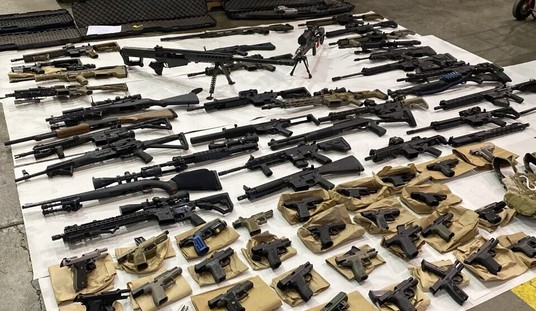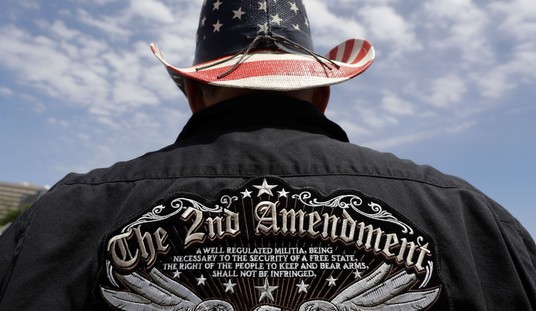
“When we assumed the soldier, we did not lay aside the citizen.”
George Washington (1732 – 1799)
John Patrick Kilroy bounded up the steps of the Whitehall Street-Broadway subway station in New York City into a damp and dank March day. Ever since the Japanese attacked Pearl Harbor an overwhelming sense of despair had gripped the country. The War news from far-flung battlefronts was often late, heavily censored yet always bad. Americans eagerly consumed the daily newspapers and gleaned the weekly Movietone Newsreels in the theatres for the slightest tidbits of information. The steady stream of dreadful news continued through the hard, cold winter months and depressed the morale of the entire population.
Before the nation could digest the significance of the defeat at Pearl Harbor, Germany declared war on the United States. Then, after weeks of hope against all hope, the American outpost on Wake Island fell to the Japanese on Christmas Eve.
America’s Allies were not faring much better. On Christmas Day, the British surrendered Hong Kong to the Japanese, followed in February by the surrender of over 100,000 British soldiers in Singapore. The civilians of Darwin, Australia were subjected to numerous air raids in February and March from Japanese carrier based bombers. The Battle of the Java Sea on 27 February was another serious defeat for the Allies as they lost ten ships including the United States heavy cruiser USS Houston.
On 19 February, in response to the pervasive fear and paranoia, President Franklin Delano Roosevelt signed Executive Order 9066. The order gave the United States military the authority to define certain areas of America as “exclusionary zones”. The army was granted the power to relocate German and Italian-Americans from the East Coast and Japanese-American civilians from the West Coast. American soldiers began immediately relocating Japanese-Americans, most of whom were citizens, to camps as far away as Texas and Arkansas. Their numbers would eventually swell to over 120,000 detainees. In addition, 11,000 German-Americans and 3,000 Italian-Americans were incarcerated under this order. Irrational fear gripped the country.
By early March, the Dutch East Indies also surrendered to the Japanese and the American and Filipino forces in the Philippines were trapped on the Bataan Peninsula. With a severely depleted Pacific fleet there would be no effort to reinforce or resupply the Philippines. The ragtag army of Filipinos and Americans were expendable and had no hope of relief or reinforcement. Annihilation or surrender was imminent. Their commander, General Douglas MacArthur, was evacuated to Australia in early March by order of the President. His widely published promise of “I Shall Return” seemed both boastful and hollow.
John Patrick Kilroy remained well informed on world events. As each bastion fell, most Americans would run to their maps to find out where these places were and how close they were to the United States. They were far away places, to be sure, but creeping ever closer and closer. John already knew where most of them were.
The early months of America’s entry into the global conflict were both depressing and frightful. These were the black and gray days of the War, typified by this gloomy, chilling Tuesday in lower Manhattan.
John was a handsome young man with brown hair and dark brown eyes. He was called Johnny at the City College of New York (CCNY) where he was a student. When the Japanese attacked Pearl Harbor, he was twenty years old and in the middle of his third year of college.
Immediately after the attack, the Burke-Wadsworth Selective Service Act, the first peacetime draft in American history, was amended by Congress to make all men twenty through thirty-seven eligible for the draft. Johnny registered and passed his physical. At six-foot tall, 175 pounds, he was in better-than-average physical condition. He was a brilliant student and followed world affairs closely but was conflicted about joining the service because he was married. However, the stigma of not serving, of being considered a draft-dodger, was more humiliating than most young men could endure.
While he discussed his options with his wife, Rose, he received his draft notice in the mail. Being a street-wise New York City kid, he considered enlisting to assure his pick for branch of service. His college education may even qualify him for some military specialties. In any event, he was told by friends and relatives alike to avoid the infantry. That was the plan.
The Induction Center at 39 Whitehall Street was a fortress-like stone building on the corner of Broadway and Whitehall near the southern tip of Manhattan. With his brown envelope containing his induction orders in hand, he joined a stream of other young men as they entered the building. The main staircase was wide and ascended through the center of the structure. Officers and enlisted men in uniform from every branch of the service were hurrying busily about. Military posters adorned some of the walls. One poster in particular grabbed his attention and he stopped on a landing to observe it more closely. At the top center of the poster was a rendition of Columbia, a beautiful young woman wearing white silk garb enshrouded by an American flag. She held her hands out above seven soldiers at attention. There was a laurel wreath in one of her hands. The seven soldiers in echelon were all bearing rifles. They stood shoulder to shoulder, each one representing a generation to have fought a war in defense of America. At the far end was a Revolutionary War soldier, followed by one from the War of 1812, The Mexican-American War, The Civil War, The Spanish-American War, World War I and finally World War II. Beneath the soldiers was a banner that read:
THE UNITED STATES ARMY
THEN – NOW – FOREVER
He contemplated the sign. We certainly have been in a lot of wars in our history. Why don’t they just leave us alone?
When he reached the fourth floor he queued up in line behind the main information desk. The army clerk behind the desk, a corporal, was directing each man to a different floor or room based on the information in his folder. The line moved quickly and as he approached the desk he stepped out of line, walked over to a water fountain and bent to take a drink.
“Back in line!” The voice startled him. He felt a twinge in his stomach, stood up and turned to see a Marine gunnery sergeant towering over him.
“Hey, I’m not in the service yet so I don’t have to take orders from you,” Johnny replied and instantly realized by the look on the Marine’s face he said the wrong thing.
“Oh, a wise-ass? We’ll see, you little piss-ant son of a bitch.” The sergeant turned and walked to the information desk. He leaned over to the clerk, whispered something in his ear while pointing to Johnny. The clerk looked up, nodded and wrote something down.
The sergeant walked back to Johnny. “You’ll be a puke boot by noon, wise-ass.” The voice was low but strained. His eyes were bulging and the veins were popping in his neck. “And you can travel to Parris Island on the same train with me ‘cause I just happen to be leaving for there later today. Your sorry ass is all mine!”
Johnny tried to keep a straight face but felt his knees buckle just slightly. He didn’t reply.
“Welcome to the Marines. And don’t try to join the navy today, cupcake. I’ll make sure they don’t take you.” The sergeant had his hands on his hips and moved to within inches of Johnny’s face. “You can get back in line at your convenience, sweetheart. I got all day. Semper Fi.” The gunnery sergeant turned and walked away.
Johnny took a deep breath and exhaled slowly. So much for staying out of the infantry!








Join the conversation as a VIP Member